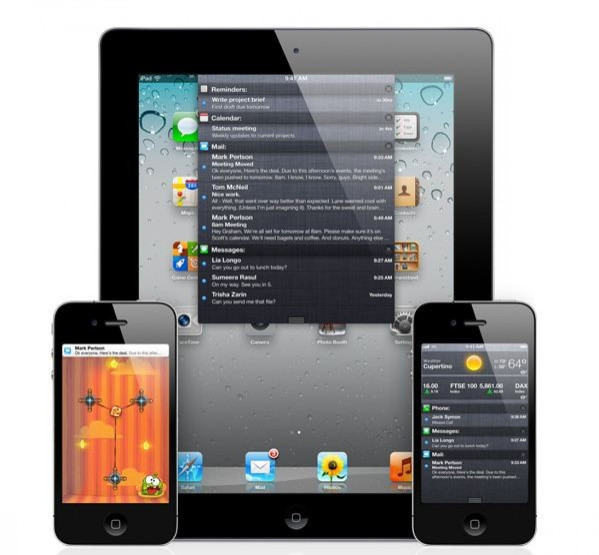Apple iOS 5 Will Sport Voice-Recognition Feature

The next Apple iPhone rendition, the iPhone 5, will sport a speech-recognition feature courtesy of Nuance Technologies.
The 9to5 Mac blog showcased a screenshot of the iOS 5 speech-to-text function. The image of the function shows an icon in the shape of a microphone, which will initiate the feature.
A user can send a voice response to a text message by clicking on the microphone icon. It is surmised that the voice message is sent to a Nuance server where it is decoded and a text message is sent back which then appears in the text field.
It's reported that the functionality is in beta testing, so the original format might differ when the feature is released. It's also expected that the speech-to-text feature will be available for iPhone and iPod touch users. The feature might possibly be called "Assistant."
The site 9to5 Mac had earlier discovered references to Nuance Dictation speech-to-text integration in the iOS 5 SDK.
Apple recently released the iOs 5 beta for developers.
Reports of Apple adding voice-recognition functionality to iOS has been swirling on the Web since Apple acquired Siri in April 2010. Siri is the maker of an iPhone app which uses natural-language processing to answer questions and make recommendations. Thus it was expected that Apple's voice-to-text feature will emulate the app and will use location data, contact information and other metadata to collate the best solution to a user.
It was also reported that Apple was in talks with Nuance, which had raised expectations of voice recognition coming to iPhone 5.
Android 2.3, or Gingerbread, offers a speech-to-text feature as well. It allows users to search for information on the phone and Web through voice commands. The most anticipated Android phone right now is the Samsung Galaxy S 2, which optimizes Android 2.3 or Gingerbread, and also offers voice solution. It enables users to control certain key functions like calling, messaging, scheduling, music and apps launching in the phone through voice commands.
© Copyright IBTimes 2025. All rights reserved.





















